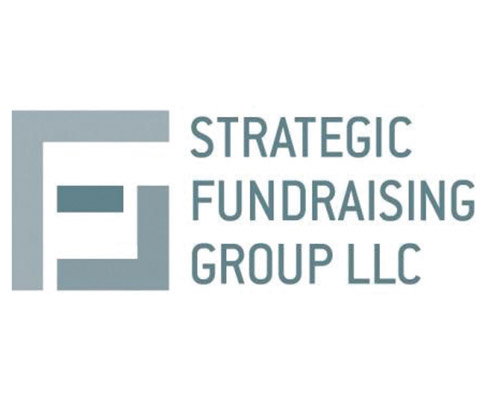
According to the National Center for Charitable Statistics, there are more than 1.5 million registered nonprofits in the United States. The vast majority need ongoing fundraising activities to sustain their programs. Some have the luxury of fundraising staff that raise essential funds. In other cases, lay leaders and volunteers spend time raising money. Let’s focus on what to look for when recruiting development staff to support a nonprofit.
Newer methods are used to recruit employees today thanks to technological advances. Mobile and online recruiting have made large dents compared to the old-fashioned method of recruiting employees via newspaper classified ads. Word of mouth, of course, is always best.
Finding qualified development staff is often a struggle. I spent thousands of hours over the years reviewing resumes, interviewing contenders, narrowing down some and hiring others. I can attest to the fact that finding qualified fundraisers is not easy. In fact, it is downright difficult.
So, if you are a nonprofit, what do you look for in a development professional? Of course, it depends on whether you are recruiting the chief development officer as opposed to a development assistant. Their job descriptions vary radically and the goals for each differ. However, permit me to opine that all development professionals share certain characteristics. Let me suggest some.
When choosing a development professional I use tangible and intangible criteria. A good case can be made to use the same criteria for other personnel searches. If it works for you, why not?
Let’s examine some tangible criteria first. All are common sense, but let me delineate them.
The first tangible measure is the applicant’s resume, or curriculum vitae, which should succinctly depict the person’s core accomplishments, professional work experience, years worked, education and other noteworthy information such as special skills, awards, memberships and related facts. You look for the best fit commensurate with the written job description.
The resume should be concise, to the point, neat in appearance and easy to navigate. I have seen, on many occasions, resumes that required a GPS to circumnavigate. All that was missing was the AAA TripTik.
Next, I look at the applicant’s appearance, demeanor and communication abilities. Why? Simple. I always look for someone who looks neat, someone with an even temperament, even a keen sense of humor, and one who has an ability to properly articulate our mission, services and activities.
How the applicant fares during the interview will ultimately dictate whether we move forward. If the applicant falters in answering specific questions, that is not a good sign. Missteps during the interview include talking too much, incoherent or rambling answers, personal confessions, regular interruptions or poor comportment. If the applicant fares well, we move on. Receiving a written acknowledgment from the applicant following the interview is always a plus.
References are the next tangible item I look at. A minimum of three references is suitable. I might look at comments from a supervisor, a lay leader or volunteer or a donor the applicant solicited. Some combination of these testimonials helps give a rounded picture of the aspirant.
Probably the paramount intangible I look for is what we call a candidate’s “fire in the belly.” Very often it is this criterion that could be the most important determinant. Short of some form of abdominal surgery, how does one assess “fire in the belly?” Not so easy. Here is what I look for—a person’s passionate interest in the organizational mission, a personal excitement about what the institution accomplishes and an eagerness or enthusiasm to undertake the job.
Disqualifiers for the job are easy to enumerate because they are exactly the opposite of what we considered earlier. Examples might be a messy resume or one that doesn’t describe meaningful credentials, showing up late to an interview without a legitimate excuse, inappropriate dress or conduct during the interview, bad references and a lack of “fire in the belly.” The last item is the most important criterion in my view.
So, if you are looking for a qualified development professional, would you prefer someone with “fire in their belly” or are you willing to tolerate an inflammation of the gut?
Norman B. Gildin has fundraised for nonprofits for more than three decades and has raised upwards of $93 million in the process. He is the president of Strategic Fundraising Group whose singular mission is to assist nonprofits raise critical funds for their organization. He can be reached at [email protected].













